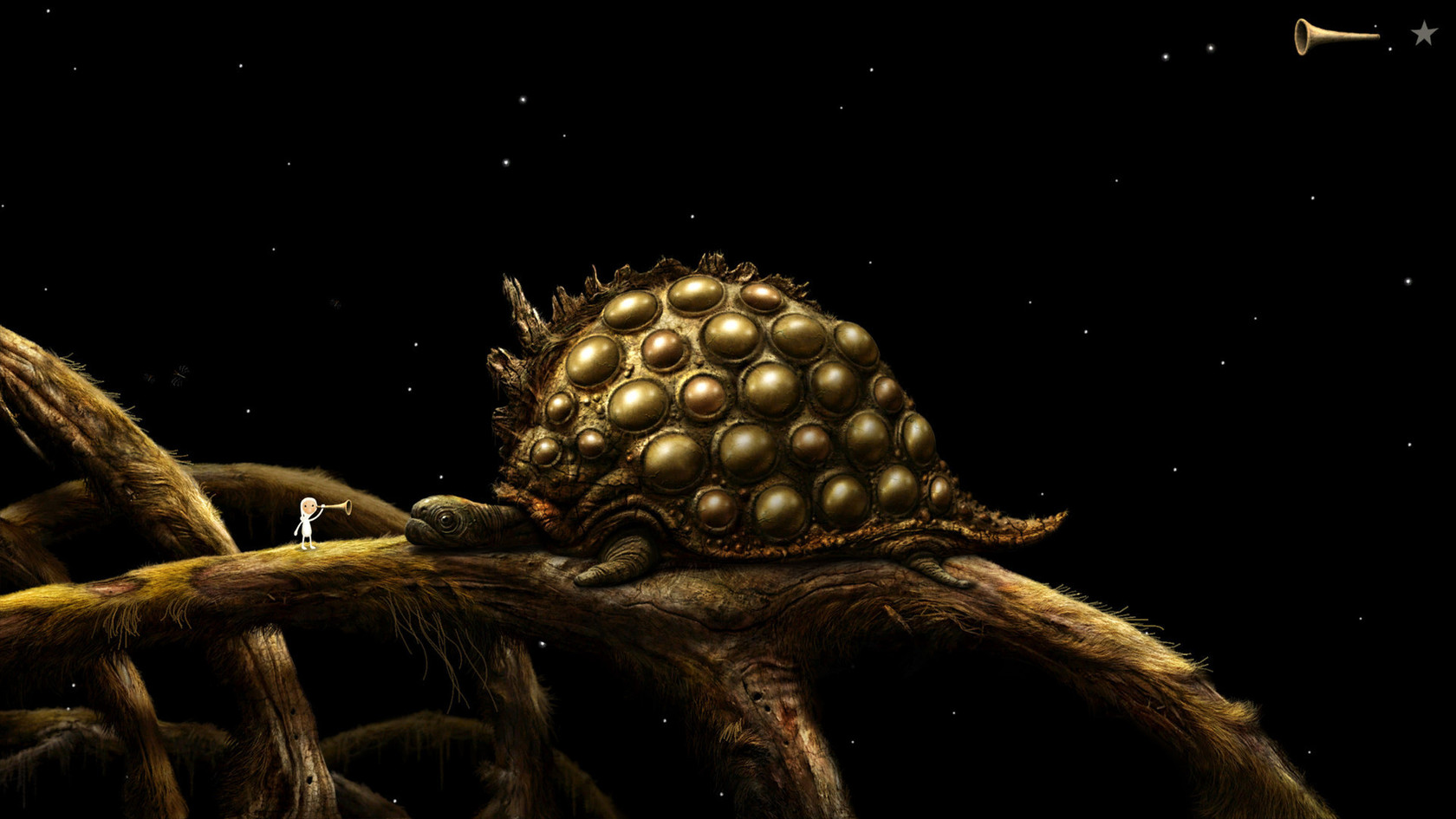

Overall, Samorost 3 is a very well made, albeit traditional, point-and-click adventure. One of the game’s best puzzles occurs early on, involving this bearded gentleman. These issues are generally paired for the course with most adventure games you probably know already whether or not this is a gameplay mechanic you can deal with.

This can lead to pixel hunting I would find myself rapidly clicking all over the screen, searching for that missing object I needed to complete the circuit and let me move on. Also, since Samorost 3 lacks dialogue and words of any kind, the feedback for what you are missing can be difficult to pick up on. It is beautiful the first time you see it, but by the tenth, you will be sick of seeing those ghosts dancing. When hunting for solutions, you may have to watch the same animation play out over and over and over. You do not have to manage a large inventory, like in some adventure games, but most of the puzzles involve clicking in a precise order.

That said, some of the puzzles in Samorost 3 can get very frustrating. It never directly tells you what to do, but functions more as reviewing notes taken over a lecture: with a bit of creativity, you can figure out exactly what is intended. When you pull up your big book of hints, crude drawings direct your progress. These goblins will solve nothing without you.Ī word about the hint system: it is probably the best I’ve ever seen in an adventure game. In Samorost 3, it is the sensory details that push you to beat your head against the wall to solve the mind-bending puzzles. In the LucasArts classic adventure games, it was the humor that rewarded exploration. This reward system is required in every successful point-and-click game. When you complete a puzzle, you get to experience something new: a new song, a new animation, a new screen, or even a new planet. It would be possible to play through Samorost 3 many, many times and still miss some of what the world has to offer.īecause the sights and sounds of Samorost 3 are such a pleasure to experience, it really hammers home the idea of satisfaction. Exploration and curiosity are rewarded not only are most of the achievements earned by doing things other than the main quest, but some of the most exciting aspects of the game are discovered by interacting with the world in strange ways. Everyone speaks in gibberish and further communicates in cartoonish pictures with one another. This is a game where slow exploration is rewarded, and those rushing towards the end will miss far too much.Įvery world you visit has a unique aesthetic, and all are filled with people-ish characters, fantastical animals, and bizarre insects. However, Amanita Design circumvents this issue by making the world of Samorost 3 so engrossing and fun to wander through. Unless you are a complete pro, you most likely will need to use the built-in hint system a few times, which never gives you the solution, but nudges you toward it. Some of the puzzle solutions are out of left field. It can be difficult to figure out where to go next or what objects you can interact with. Sure, with Samorost 3, you will encounter some of the typical trappings and issues inherent to the point-and-click genre. Soon, you begin flying throughout the universe, helping people, solving puzzles, and meeting some extremely odd creatures. Using this flute, you must travel around your planet, listening to music and playing it back, solving puzzles, and acquiring objects so that you can build a spaceship. You play as a gnome who exits his house one day to find a flute has crashed from the heavens into his yard. You do not need prior knowledge of the first two games to be swept up into the universe the game provides you with. In fact, “charming” is probably the best word to describe Samorost 3. Interacting with the strange denizens is one of the highlights of Samarost 3.


 0 kommentar(er)
0 kommentar(er)
